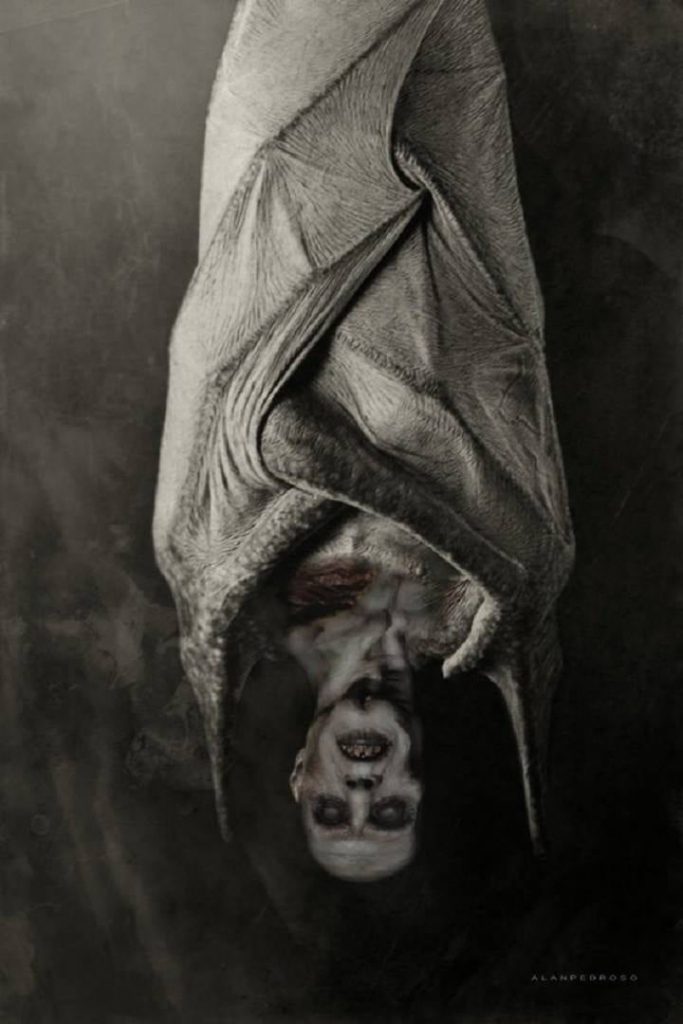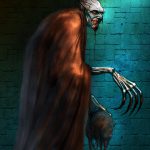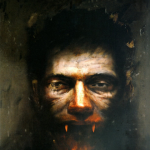The region of Silesia is a northern neighbor of Bohemia and Moravia. Today, it is a part of the modern nation of Poland. Like Bohemia and Moravia, it is a land where Germans and Slavs have lived together for centuries.
The earliest accounts of vampire revenants in this territory known today go back to the late 16’th century.

One of these is a case which begins in the month of September in the year 1591 at the prominent town of Breslau in Silesia. On a Friday of that month, a shoemaker committed suicide by cutting his throat. with his shoemaker’s knife. His family covered up this disgrace with the explanation that he died of apoplexy. He was given a proper Christian burial. But the true circumstances of his death broke out in a rumor which was widely spread throughout the community. The local authorities hemmed and hawed when asked to do something about this. They did not wish to disturb the peace of the dead man’s family. The widow of the deceased protested these rumors. And the demands by many that the corpse should be exhumed and dealt with as was normal for a suicide or a deceased practitioner of black magic seemed unwarranted. But then the specter of the shoemaker in his natural began to appear during mid-day and at night. At night, it appeared to those who had been sleeping and terrified them. In the most extreme cases, he would lie close to the sleeper, nearly suffocate him, and pinch him, leaving not only bruises but the impression of his fingers on the sleeper’s body. The terror grew so strong that people would gather together in candle-lit rooms at night and try to keep each other from falling asleep.
At last, after the corpse had been buried for near eight months, the authorities relented. The corpse was exhumed on April 15, 1582. It was found to have not suffered any signs of decay. But a magical mark in the form of a rose was found on one of its right big toe. The corpse was kept out of the earth until April 18. Still, there were no signs that it was decaying. The corpse was then re-buried under the gallows to keep it still. But the specter again began to appear and torment sleepers. At last the widow went before the local magistrate and confessed the true circumstances of her husband’s death. On May 7, the corpse was then exhumed again. This time, the arms, legs, and head of the corpse were cut off. Also, the back of the corpse was opened up and the heart was removed. The heart was found to be quite fresh and entire. Then the corpse and all the pieces cut from it were cremated. The ashes were gathered together in a sack and then poured into a river. The specter of the shoemaker was never seen again.
There is also a sort of sequel to this case. Some time after the shoemaker died so did one of his house maids who was still working for his widow. She too returned from the grave at night. On the second night after her burial, she returned from the grave, she was in the form of a chicken. She then entered house of her previous employment, grew to a to and great xize and with her talons she grabbed one of her former colleagues by the throat. The latter maid survived but her throat swelled, and she could not eat or drink for “a good while” afterwards. In following nights the former maid sometimes again took the form of an animal, including that of a cat, a dog, and a goat. She was put to final rest after her corpse was exhumed and cremated.
Another case from Silesia during the late 16’th century is that of Johannes Cuntius who was an alderman of the town of Pentsch. The full account is rather long and complicated due to many details and circumstances, so all I can give here is a relatively very brief summary.
Johannes Cuntius had been a man of wealth and influence before he died. Some, including his own servants, suspected that his success was the result of his making a pact with the devil. After he died, he returned from the grave and appeared in many ways. He troubled many people while they were asleep in many ways. He tried to ravish many women. He strangled some old men. He bruised the body of a child and caused the bones to become soft. He accosted a wagoner in his stable, breathed fire at him, and broke the man’s foot. He would drink the milk in milk bowls, fling dung into them, or turn the milk to blood. And there are incidents which would each take a paragh to fully describe. His gravestone was found turned to one side and there were several holes in the ground the size of mice holes which went down to his coffin. Each time the holes were filled, they were found re-opened the next day. The haunting of the town by Cuntius lasted for many months and had a very a bad effect on its commerce. Finally, Cuntius’s corpse was exhumed along with those of several others who had died around the time that he did. All the corpses except that of Cuntiu were found to be decayed. Cuntius’s corpse was in a remarkably fresh condition. A trial was convened and the cadaver of Johannes Cuntius was found guilty. The corpse resisted the flames of the cremation fire until the executioner cut it into many small pieces. As in the case of the shoemaker of Breslau, after the burning was complete, the ashes were swept up and cast into a river.
The summaries of these Silesian cases is based on the full accounts given by the Englishman Henry More in his book An Antidote Against Atheism published in 1653 as quoted in The Vampire in Europe by Montague Summers (originally published in 1928, last reprint:: Random House, 1996).








